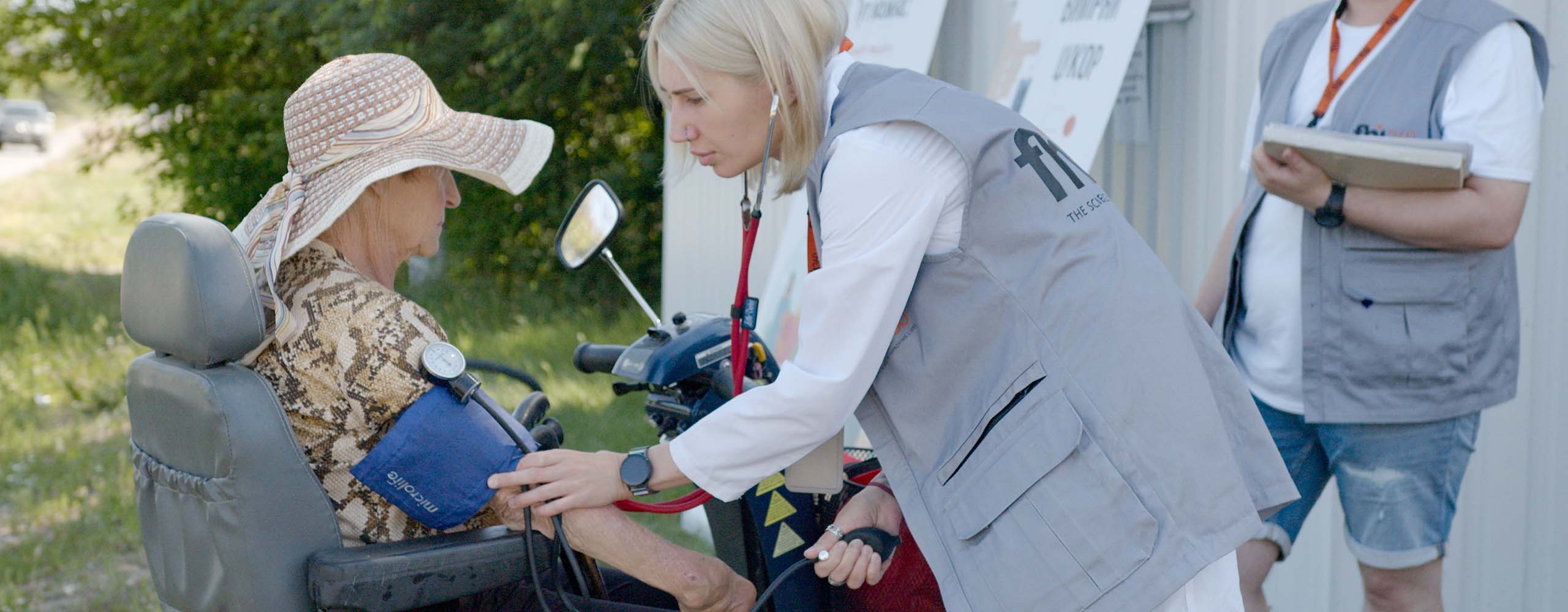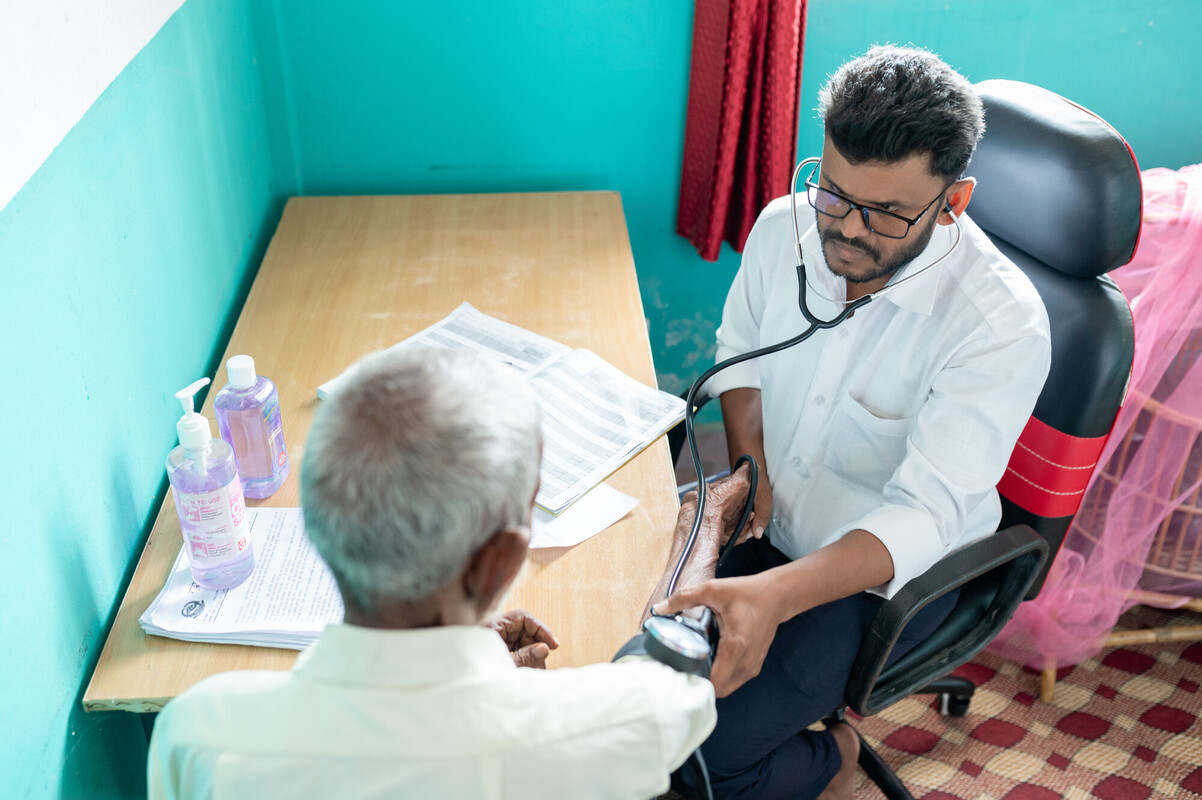In the United States, nearly seven million public school students ages 3–21 receive special education services, but only a small percentage of them use assistive technology (AT) in their classrooms. Students often have a range of abilities and disabilities, and many could benefit from some form of AT. To increase teachers’ understanding of AT and students’ use of it, FHI 360 developed the Assistive Technology Module for Personnel Preparation Programs, an e-learning module available from the Center on Technology and Disability.
Designed as a professional development tool, this module provides an overview of AT, strategies for integrating it into classrooms and important information about the laws governing AT in public schools. The term “assistive technology” spans a wide range of devices, many of which are low-cost and can be customized by a teacher, therapist or parent.
The module is just one of many evidence-based resources that are available in multiple languages on the center’s website. Building on decades of experience in the disabilities field, FHI 360 launched the center in 2014 with funding from the U.S. Department of Education, Office of Special Education Programs. The Center for Technology and Disability project ended in Spring 2019, but the website will continue through 2021.
FHI 360 collaborated with its partners, the American Institutes for Research and the PACER Center, to create this comprehensive online institute to advance inclusive education and provide training, technical assistance and resources to help children and youth with disabilities participate fully at school, at home, in the community and in the workplace. Resources include training materials, tools, research studies, webinars and videos.


















